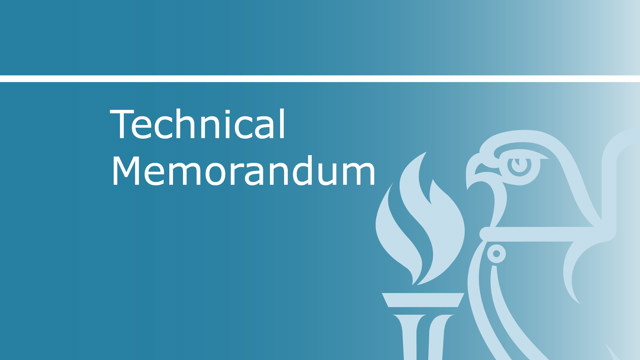
Most steam generated today is used to produce electrical power, but this application is outside the scope of this manual. TM58 focuses on the use of steam at lower pressures and temperatures for a variety of uses in a building services environment.
Steam systems are no longer installed just to heat buildings. Instead, they play key roles in producing hot water, humidifying air, sterilisation and even cooling, all of which are relevant to building services engineers today.
To many, steam is a frightening and difficult fluid, so it can be overlooked in favour of what seem to be simpler alternatives. This is partly due to educational establishments taking the view that steam has had its day and need no longer be included in taught courses. This, of course, is not true. With some more knowledge and guidance, the benefits and flexibility that steam provides can be realised.
The aim of this technical manual is to provide some basic guidelines on how a modern steam system should be designed and commissioned. The operation of a steam and condensate system is also covered with respect to:
- energy efficiency
- training
- maintenance.
Regulatory changes are of course focusing attention on steam system safety. This manual introduces the reader to current regulations and guidelines, but these are of course fluid and subject to change so reference to current standards and regulations should always be made.
Contents:
1 Steam’s use in building services today
1.1 Steam’s unique properties that make it suitable for use in building services
1.2 Overview of a typical steam and condensate system
1.3 Superheated steam
2 Calculating the cost of steam
2.1 Why calculate the cost of steam?
2.2 Which costs to include and calculation methodology
2.3 Calculating the cost of steam
2.4 Comparison of steam costs vs cost of other heat transfer media
3 Steam quality requirements
3.1 Dryness
3.2 Non-condensable gases
3.3 Cleanliness
3.4 Steam quality standards
4 Health and safety in steam and condensate systems
4.1 Safety issues particular to steam
4.2 Burning/scalding
4.3 Training
5 Design of steam and condensate systems
5.1 Calculating steam loads
5.2 Boiler selection, sizing and location
5.3 Design of steam headers and off-takes
5.4 Steam flow metering
5.5 Steam pipe sizing
5.6 Steam pipe layout and drainage
5.7 Control of pressure
5.8 Sizing control valves for steam
5.9 Condensate and air removal
5.10 Condensate handling
6 System commissioning
6.1 Pressure testing
6.2 Flushing out pipework
6.3 Start-up
6.4 Shut-down
7 Operation of steam boiler plant
7.1 Feedwater conditioning
7.2 Equipment fitted to a modern steam boiler
7.3 New regulations and the training of boiler operators
8 Efficiency and sustainability
8.1 Heat recovery in the boilerhouse
8.2 Reuse of condensate
8.3 Heat loss reduction
8.4 Flash steam recovery
8.5 Preventing live steam loss
9 Maintenance
9.1 What happens if maintenance is neglected?
9.2 Regular audits and what to look for
9.3 Routine maintenance
9.4 Safety issues associated with maintenance
References
Standards
Legislation
Index
Acknowledgements
Author: Brian Johnston